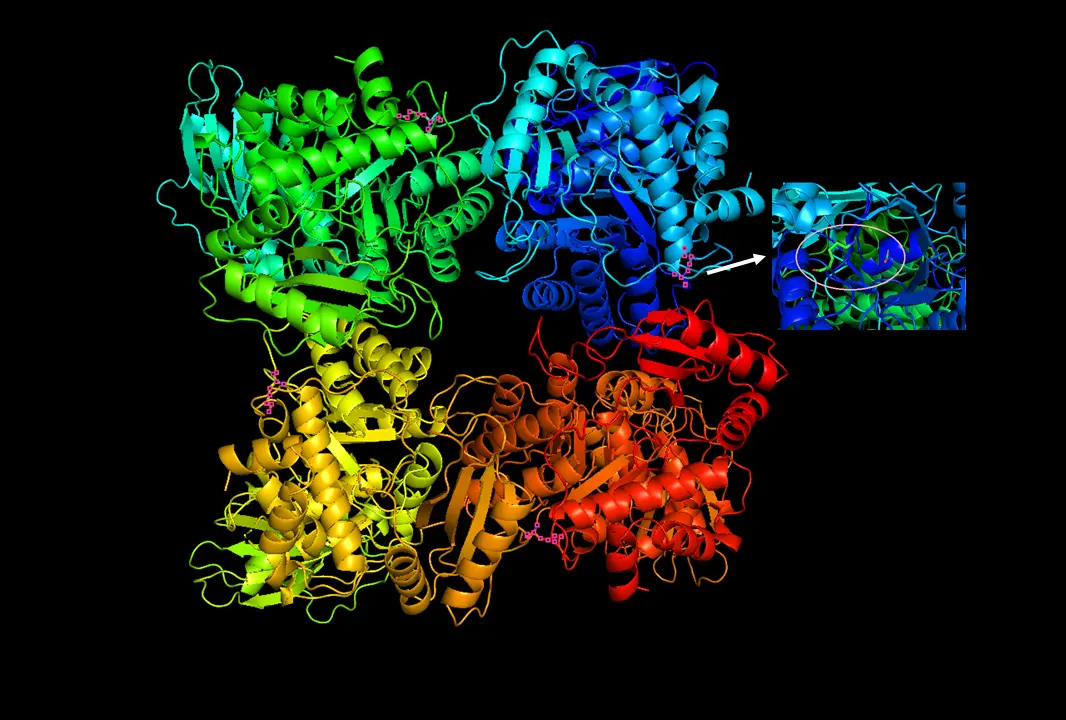I have no idea what it refers to, but I approve of this meme template.
Fleabag in a meme format?? Hell yeah
Lupine?
Confirmed. There are many, many lupine species, however, and each have their own growing conditions. So I’m not sure about the “sandy soil” bit (likely it’s because the seedlings do better in sandy soil?). A single lupine plant will produce thousands (tens of thousands?) of seeds each year, and the plants mature quickly; some are annuals, but even the perennials grow at a prodigious rate once established in the right conditions. Because of their ability to fix nitrogen (take nitrogen from the air and store it in the soil where other plants can access it), as well as reproduce and spread quickly in the right conditions (i.e. lacking competition) they are used in places with severely depleted soil to revegetate; they were introduced in Iceland for this purpose with resounding success, although now they have the problem of a prolific non-native species.
Looked like it from the picture, but I wasn’t sure. Then I went back and forth on “lupin” or “lupine”. Didn’t know that about Iceland.



